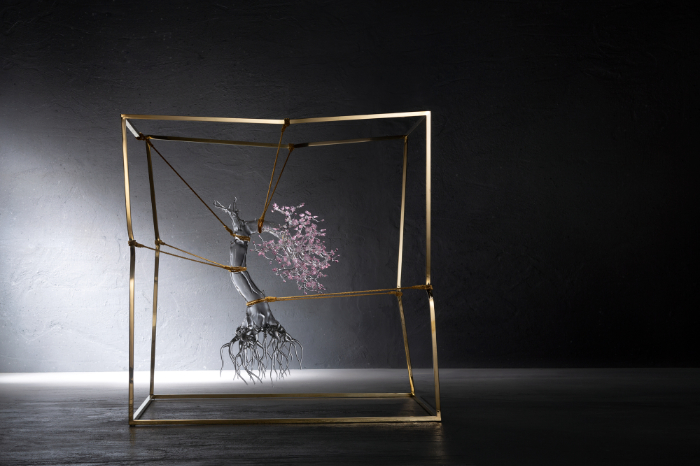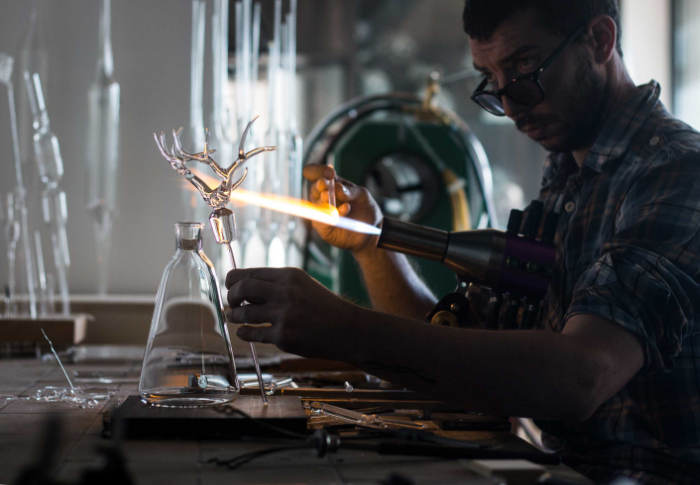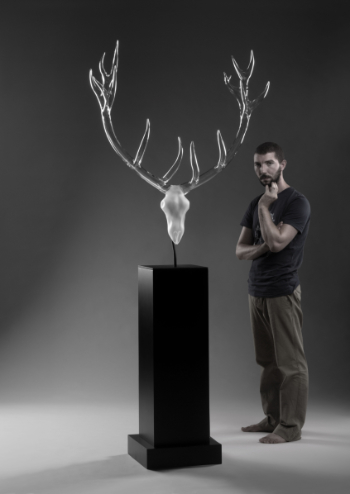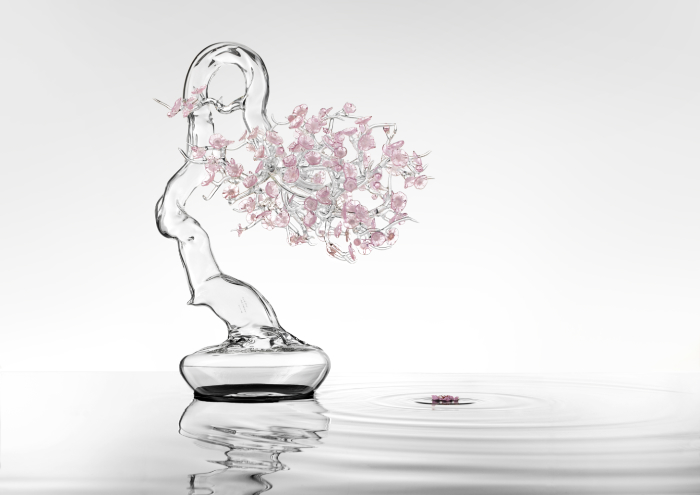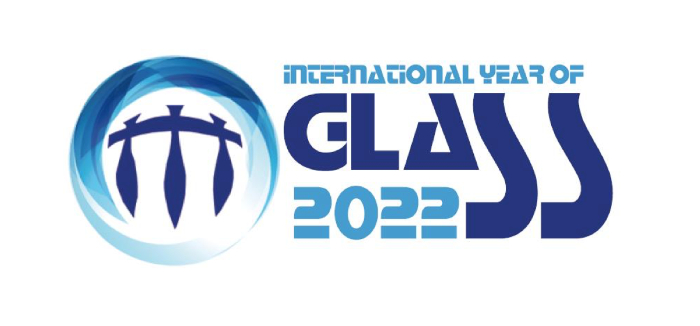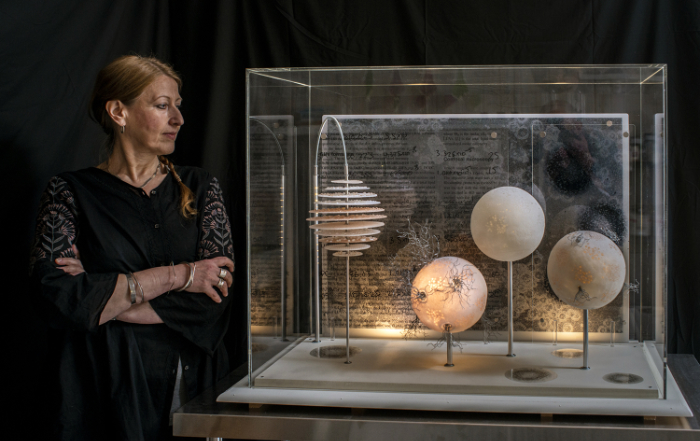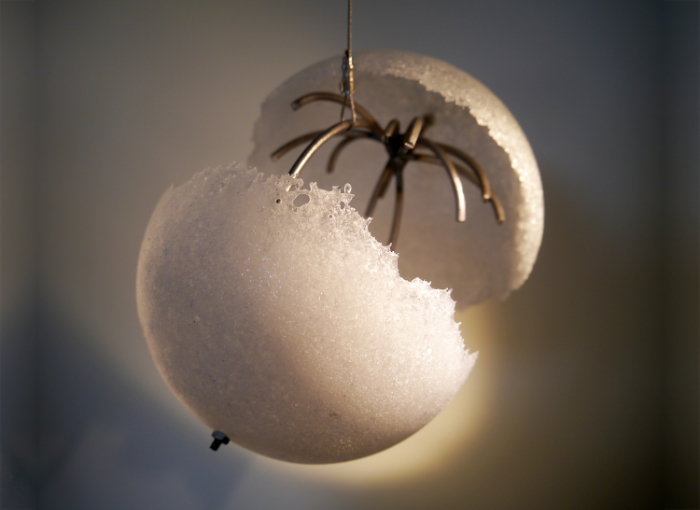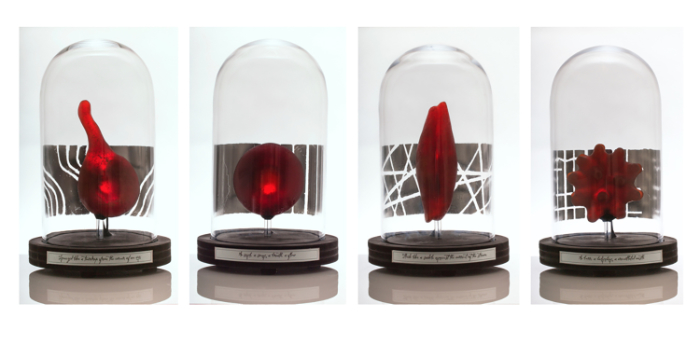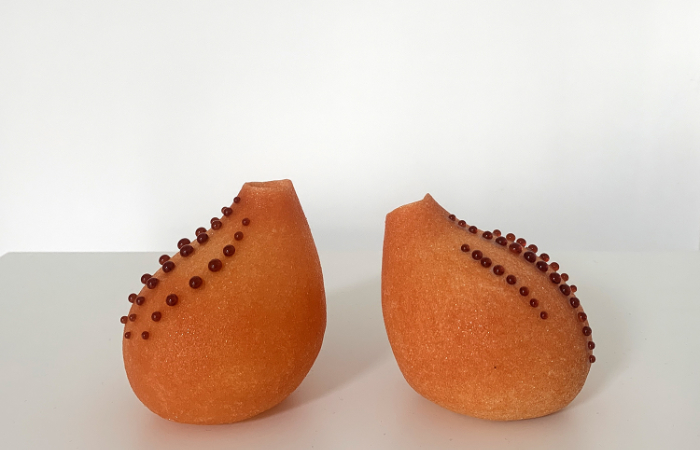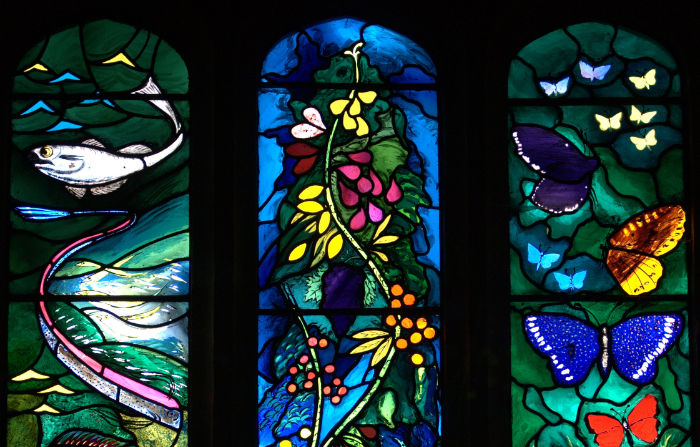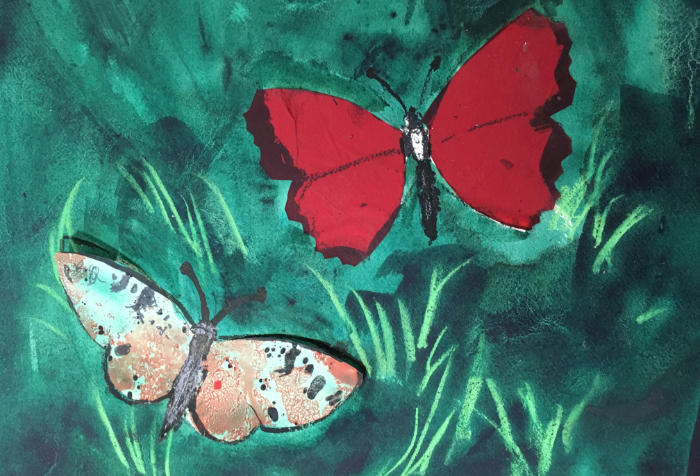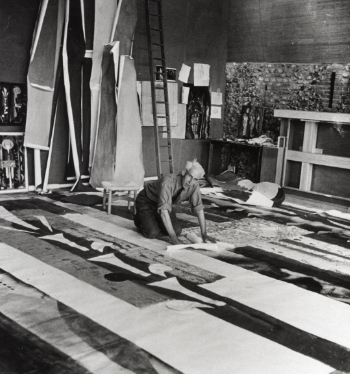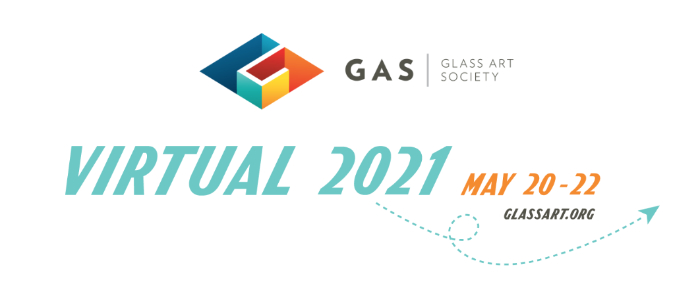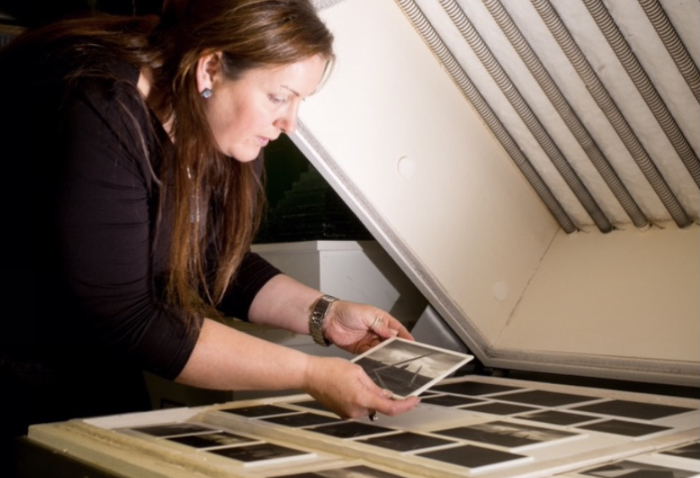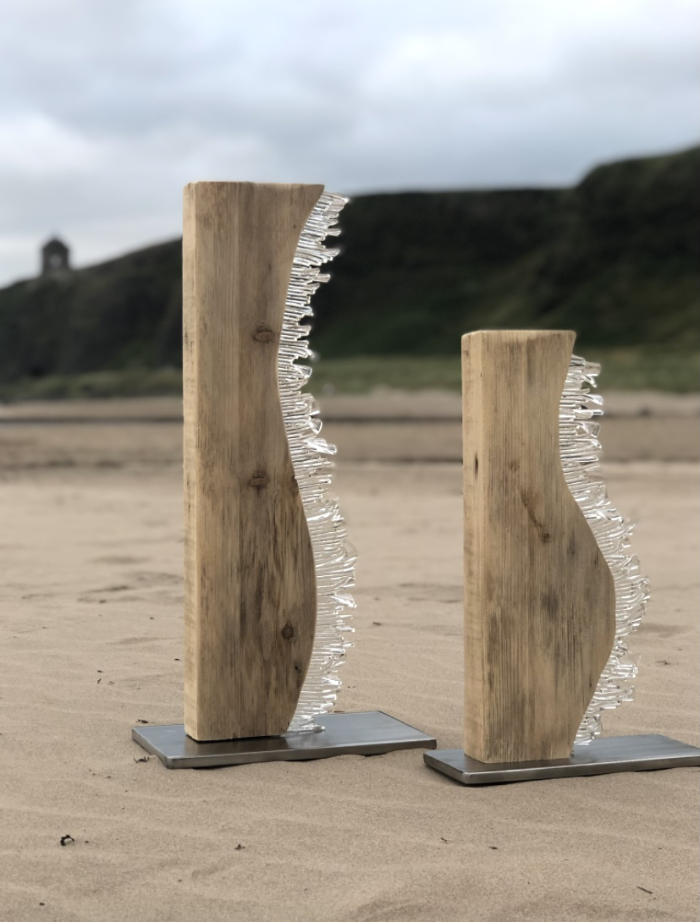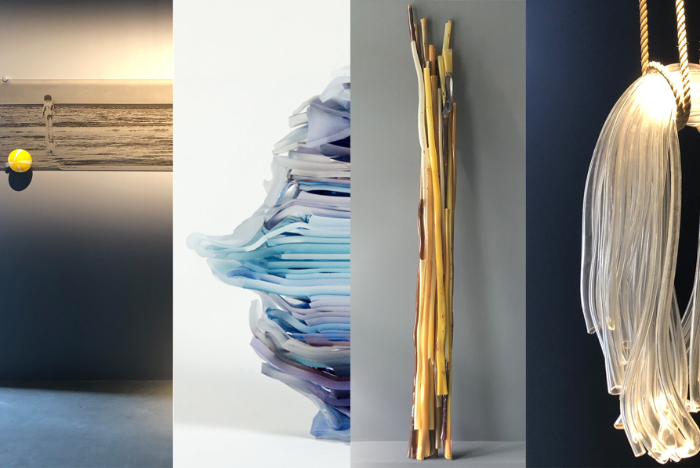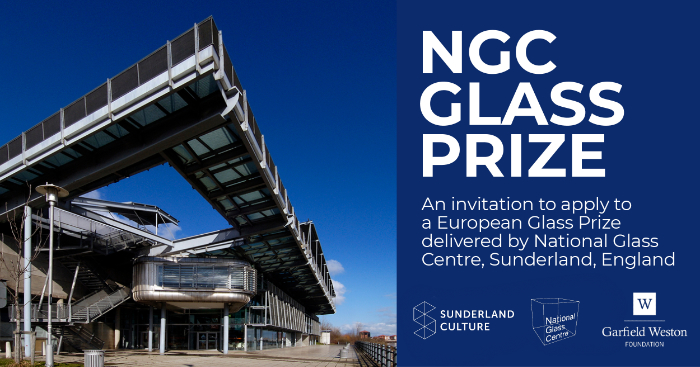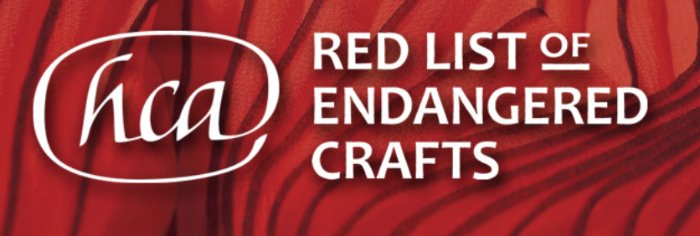
The UK’s Heritage Crafts Association (HCA) has added 20 traditional crafts to its ‘critically endangered’ category in its Red List of Endangered Crafts 2021.
The craft skills listed in this section are those deemed to be on the verge of extinction in the UK. Skills under threat in the glass field include glass eye making, brilliant cutting and mouth-blown sheet glass making.
Glass eye making
Glass eye making is the making of prosthetic eyes from cryolite glass. While glass eyes were once widely made in the UK and were the standard choice, most are now made from PMMA (poly methyl methacrylate), also known as acrylic glass.
Cryolite is a specialised white glass which becomes translucent at high temperatures. It has been specially developed for artificial eyes and is produced by specialised glassworks. The coloured parts are added in coloured glass.
There are some who argue that glass eyes are better for some patients and that they look more like the natural eye.
There are three practitioners in the UK, including one trainee.
Brilliant cutting
Brilliant cutting involves cutting a pattern into flat glass with a rotating stone wheel. The cuts are then smoothed with polishing powders using a felt wheel. The process was common in the UK in the 19th century, with most towns boasting cut glass craftsmen, gilders and signwriters. Brilliant cut glass is associated with traveller and fairground culture and communities, as well as with the British pub and pub culture.
Learning brilliant cutting is labour intensive and the materials are expensive. There are fewer than 10 professional practitioners in the UK.
Mouth-blown sheet glass
The technique of producing mouth-blown glass sheets dates back to the 12th century. It remains popular today for stained glass and for restoration projects.
Molten glass is gathered on the end of a blowpipe and coloured by rolling it in intensely coloured globs of glass, known as frit. The glass is gradually blown and shaped into a bulb shape during continuous reheating. Once the right shape is achieved the hot glass is cut open at both ends, making it an open cylinder or tube, which then has to cool and anneal. It is then cut along its length and reheated, while being carefully flattened out to become a sheet of coloured glass.
The last remaining company that makes mouth-blown sheet glass in the UK is English Antique Glass, which has one master craftsman and two trainees who are learning the trade.
Definition of critically endangered crafts
Critically endangered crafts include those with very few practitioners, few (if any) trainees and a lack of viable training routes by which the skills can be passed on. Often, they serve very niche markets, and craftspeople cannot afford to step away from production to train their successors for fear those markets will disappear.
However, no new crafts have become extinct in the past two years, and some have seen an upturn in their fortunes. In many cases, this is because of a new-found appreciation of the handmade and the need to support small businesses during the pandemic. In others, it has been due to direct HCA grant support, which has distributed 27 grants of up to £2,000 each, as part of its Endangered Crafts Fund, set up in 2019.
The Fund was established to ensure that the most at-risk heritage crafts in the UK are supported to thrive. It is used to support makers and trainees who wish to develop or share their skills in the crafts identified as most at risk.
For the purposes of this research, a heritage craft is defined as “a practice which employs manual dexterity and skill and an understanding of traditional materials, design and techniques, and which has been practised for two or more successive generations”. The research focuses on craft practices taking place in the UK today, including crafts which have originated elsewhere.
Mary Lewis, who led the research on behalf of the HCA, supported by funding from The Pilgrim Trust, said: “COVID-19 has been tough on everyone, not least the craftspeople who possess our most fundamental craft skills. Society is rapidly changing around us, and it is more important than ever that we are aware of the cultural assets still available to us, so that we can have an informed debate about what we want to safeguard as a resource for the future. If we allow endangered crafts to disappear then we seriously diminish the opportunities for future generations to create their own sustainable and fulfilling livelihoods, based on these skills.”
According to the HCA, whilst the UK has been a world-leader in the preservation of tangible heritage (museum collections, buildings and monuments), it has fallen behind when it comes to the safeguarding of intangible heritage (knowledge, skills and practices).
Of 193 UNESCO members, the UK is one of 13 that have not yet ratified the 2003 Convention on the Safeguarding of Intangible Heritage, and government responsibility for heritage crafts falls in the gap between agencies set up to support arts and heritage.
The HCA Red List of Endangered Crafts 2021 edition is available to view online via: https://heritagecrafts.org.uk/redlist/

